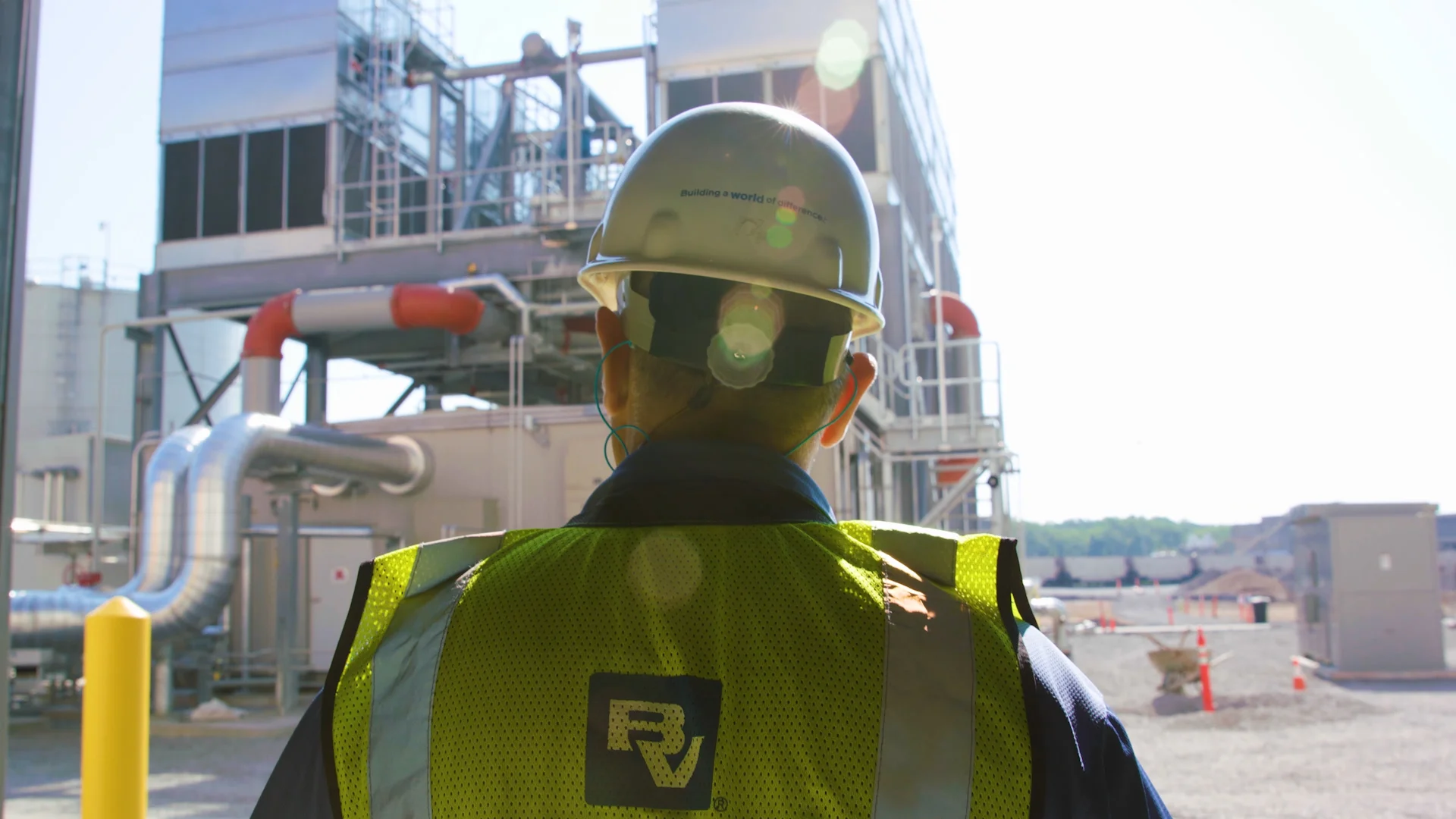Reedy River Basin Sewer Tunnel – Dig Greenville

- Project Name
- Reedy River Basin Sewer Tunnel – Dig Greenville
- Location
- Greenville, South Carolina
- Client
- Renewable Water Resources
Sewer Capacity Needed: A City’s Underlying Solution
Renewable Water Resources (ReWa) had carefully considered its options – 18 different solutions in all. The utility provides wastewater treatment and conveyance services for Greenville, consistently among the fastest growing communities in South Carolina and the United States. Its issue: how best to keep wet weather events from causing wastewater overflows in the city for the next 100 years.
The answer, ReWa decided, was a gravity sewer tunnel. Dig Greenville, as the project was nicknamed, would help ReWa stay ahead of the city’s growth by adding capacity to its wastewater conveyance system at the lowest lifecycle costs and with the least impact.
Even then, despite the best designed plans, a deep tunnel project can uncover the unexpected.
ㅤ
ㅤ
Digging deep to build capacity
ReWa operates 9 water resource recovery facilities and 350 miles of pipeline, handling 40 million gallons of wastewater a day in South Carolina’s booming Upstate region. It implemented the Reedy River Basin Sewer Tunnel (aka Dig Greenville) to revitalize the city’s sewer system. Black & Veatch led the design and provided construction management services for the $39 million project.
The existing sewer line followed the Reedy River basin through downtown Greenville. Near capacity, it faced tremendous pressure from Greenville’s recent and projected population growth. Without more capacity, the community would be at risk from increased overflows, posing a direct threat to its water quality, environment, and economic development.
Rebuilding the sewer line was prohibitive, too disruptive to the city and river basin. Taking a different route, ReWa chose to install a new sewer tunnel approximately 100 feet below the heart of the city.
Despite its size – 7 feet in diameter and 5,950 feet in length – and apart from an entry shaft at each end, the tunnel would be invisible. Encased in granite, lined with fiberglass, grouted, and with no mechanical equipment needed to convey the flow of wastewater, it would need minimal maintenance. Pricier initially to build, but a deep sewer tunnel powered primarily by gravity would be far less costly over its lifecycle for ReWa while providing the reliable additional capacity Greenville needed as it continued to grow.
ㅤ
Proactive approach mitigates the expected and unforeseen
The project team focused on planning, safety, controlling construction impacts, and community outreach to fully serve ReWa’s goals. Though the tunnel was drilled deep beneath the city, construction at its access sites occurred in high-profile areas downtown, near the Greenville Zoo and a popular greenway. Site restoration, odor and groundwater control, plus continuous monitoring of noise, dust, and blast vibrations mitigated the effects of the tunneling operation. Additionally, tours of the project by ReWa and consistent community engagement from planning through construction fostered strong relations with stakeholders.
The proactive approach worked well even when the project took an unexpected turn. The initial plan was to drill from the downstream access shaft through the hard rock below Greenville using a tunnel boring machine (TBM) 11 feet in diameter and 275 feet long. However, before the TBM could be launched, the team’s geotechnical investigation revealed a problem. The first 200-250 feet of the tunnel zone was comprised of soil and different types of rock in variable proportions.
Addressing the mixed-face conditions, the project team designed and built a starter tunnel using drill and blast methods. Excavation required 41 blasts over a 9-month period, each modified to fit the zone’s complex geology. The team also fabricated and installed a custom steel shield to secure ground support for the 14-foot diameter, horseshoe-shaped starter tunnel.
A successful integration of planning, design, outreach, and adaptability, Dig Greenville represents ReWa’s mission to proactively support growth and protect the environment across its communities.
ㅤ
Additional project elements:
30-feet-deep access shaft
100-feet-deep drop shaft with vortex structure
Upstream diversion structure
Near-surface connections including approximately 400 feet of 60-inch gravity sewer and 1,200 feet of 42-inch gravity sewer
Contact Us
Looking for a partner in innovation?
Let's Talk
